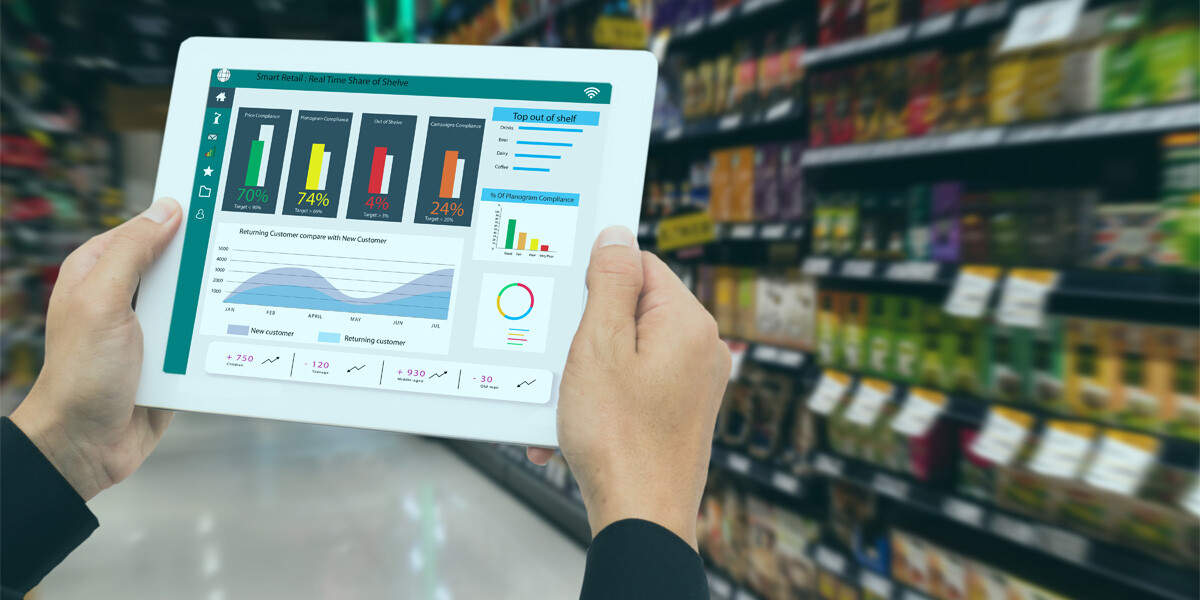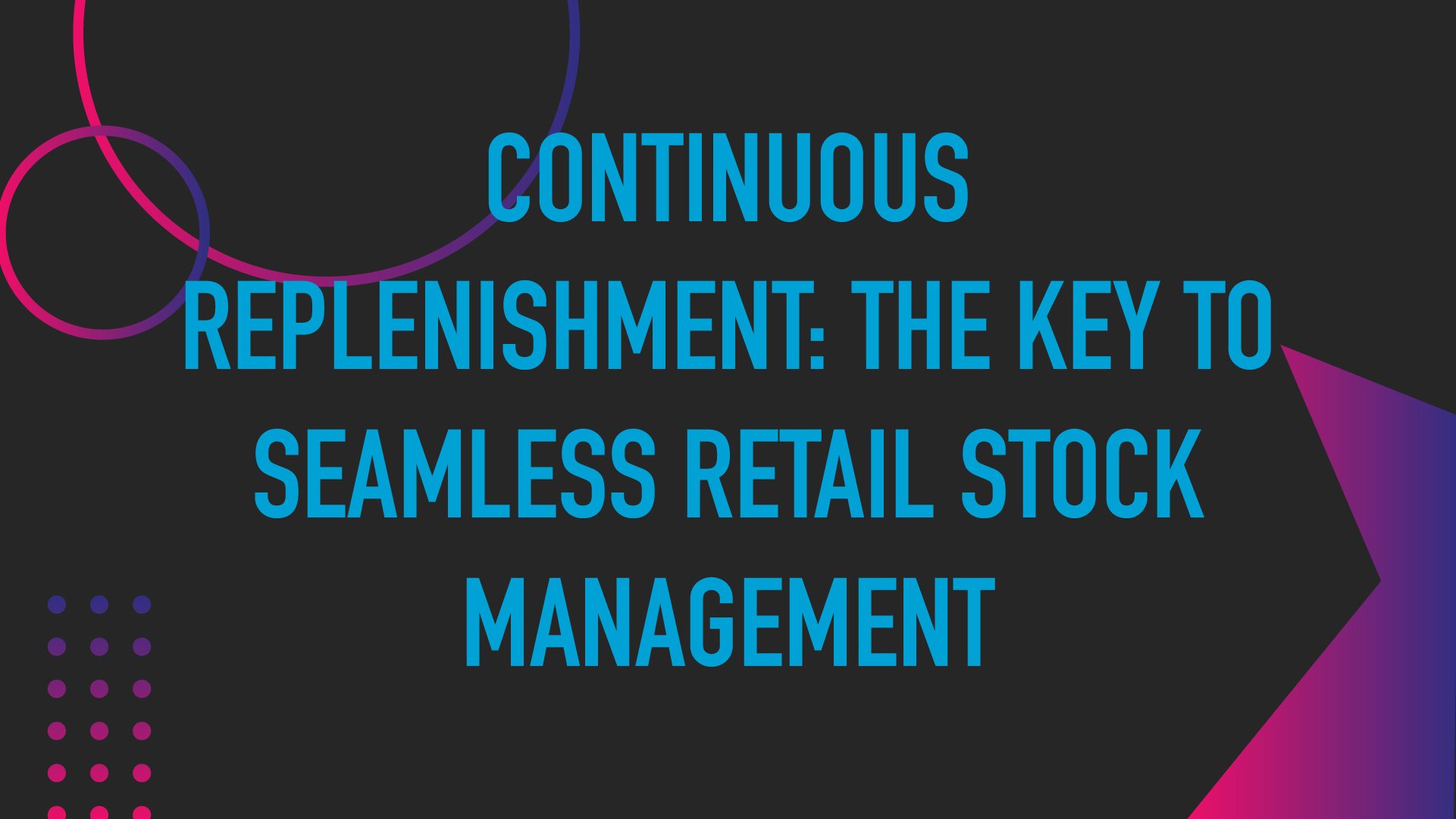The Future of Retail: Integrating Digital Twins and AI for Strategic Inventory Management


Understanding Digital Twins in Retail:
Retail teams are struggling to keep up with the rapid pace of the market, often unable to adapt quickly enough to address evolving consumer preferences. Current inventory management processes are inefficient, leading to increased costs and an inability to meet these changing customer demands. Digital twins have emerged as an innovative and responsive approach to inventory management that can drive greater efficiency and cost savings while better serving customers. The synergy between digital twins and AI enables teams to enhance efficiency, reduce costs, and meet evolving consumer demands. These solutions empower retail leaders to stay agile and responsive in an ever-changing landscape and help teams navigate the complexities of the modern market confidently.
Digital Twins in Retail
Digital twins represent highly detailed digital versions of physical retail operations. These virtual models create precise replicas of physical stores, inventory systems, and even customer interactions. The digital models are then used to simulate the real-world behavior of stores and supply chains, allowing retail teams to test and modify strategies in virtual environments before implementing them in stores.
Integrating AI capabilities like PhotoAI with digital twins enables real-time monitoring, predictive analytics, and actionable insights that empower store and field teams to stay ahead of the curve. Teams can delve into the rich data provided by digital twins, uncovering patterns, forecasting trends, and fine-tuning inventory management practices. This data-driven approach enhances efficiency and fosters a culture of continuous improvement and innovation.
Enhanced Visualization and Monitoring
Digital twins provide a real-time 3D visualization of retail spaces, including shelf layouts, stock levels, and customer movement patterns. This visualization allows store and field teams to monitor inventory and store conditions remotely, facilitating immediate and informed decision-making. If a digital twin indicates that a particular product is running low in a high-traffic area, teams can prioritize restocking to avoid potential sales loss.
Predictive Analytics for Demand Forecasting
AI leverages historical data, market trends, and consumer behavior patterns to forecast future demand more accurately. By integrating these predictive insights with digital twins, store and field teams can see not only current inventory levels but also projected changes based on anticipated demand. This ability helps plan for peak periods, promotions, and potential disruptions, ensuring that inventory levels are optimized to meet future needs without overstocking.
Improve Retail Scenario Planning
Digital twins allow teams to simulate various scenarios and reduce operational risks by up to 25%. These scenarios can model the effects of a new product launch, seasonal fluctuations, or changes in consumer purchasing behavior. AI enhances this capability by analyzing outcomes and providing recommendations based on the data. This helps teams make strategic adjustments to inventory distribution, layout changes, or promotional strategies before implementing them in the real world, minimizing risk.
Real-Time Decision Making
With digital twins, teams can access real-time and predictive data about inventory levels, customer preferences, and supply chain dynamics. This data is crucial for making informed decisions quickly, reducing the typical lag between data gathering and action. If a sudden trend emerges, such as an unexpected rise in a product’s popularity, AI can immediately notify teams so they can adjust orders and shelf placement accordingly. This responsiveness ensures that stores can capitalize on trends as they happen rather than reacting after peak demand has passed.
Improved Inventory Accuracy and Compliance
Retailers using digital twins report up to a 30% improvement in inventory accuracy. Digital twins can integrate with RFID and IoT sensors to track inventory precisely, automatically updating the virtual model as changes occur in the physical environment. AI can analyze this data to identify discrepancies, such as missing items or errors in stocking, and alert teams to correct these issues. This ensures high levels of planogram compliance, reduced shrinkage, and accurate stock levels while reducing the cost and frequency of manual inventory checks.
Efficient Resource Allocation
With insights from AI and digital twins, store and field teams can optimize their workflows and resource allocation. AI can help managers predict the best times for restocking activities based on customer traffic patterns, ensuring that these tasks are completed during off-peak hours and do not disrupt the shopping experience. This strategic scheduling increases operational efficiency and enhances the customer experience.
By integrating digital twins and AI, store and field teams are equipped with advanced tools to manage inventory more strategically. They can anticipate needs, simulate outcomes, and quickly make data-driven decisions, leading to improved efficiency, reduced costs, and enhanced customer satisfaction. This integration of advanced AI-driven solutions represents a significant step in the evolution of retail management, providing a competitive edge in a rapidly changing industry.
Strategic Advantages of Digital Twins and AI
Integrating digital twins and AI enhances inventory management and equips retailers to be more agile and resilient in the face of market volatility. This technological synergy is not just an improvement—it's a transformative shift in retail operations.
The integration of digital twins and AI will play a pivotal role in defining the successful retailers of tomorrow. Are you ready to take your retail operations to the next level? Embrace the future with digital twins and AI. Download our “Revolutionizing Retail with Image Recognition and AI for Shelf Execution” whitepaper to learn more about how these technologies are evolving retail strategies and start transforming your business today.
featured content
featured content

The Importance of On-Shelf Availability in Retail: Why Keeping Items Stocked is Critical for Competitiveness in 2026
Learn why on-shelf availability is critical in today's retail store environment








